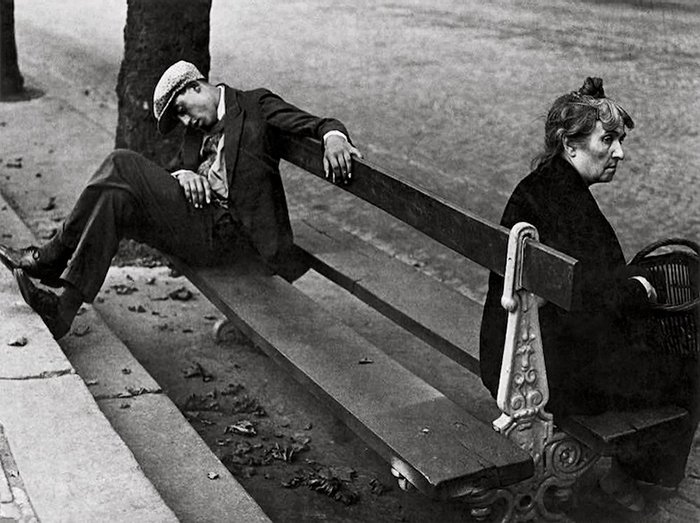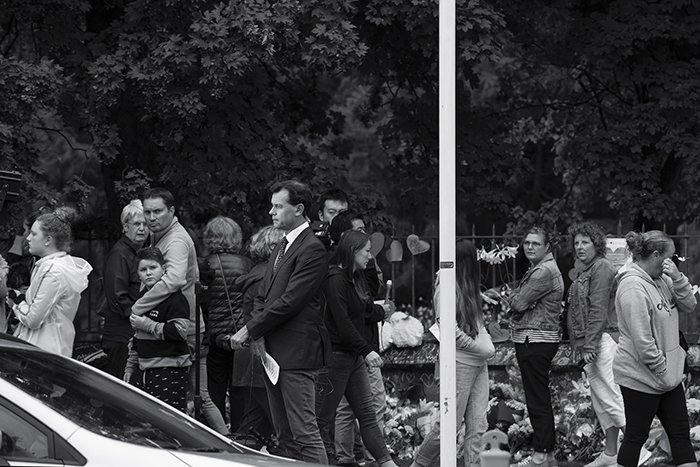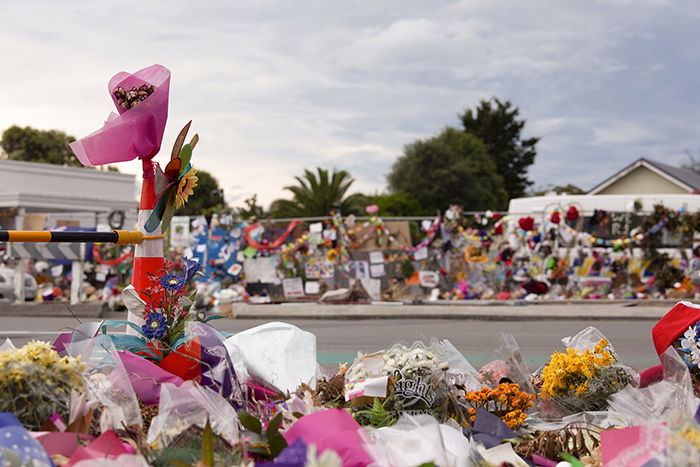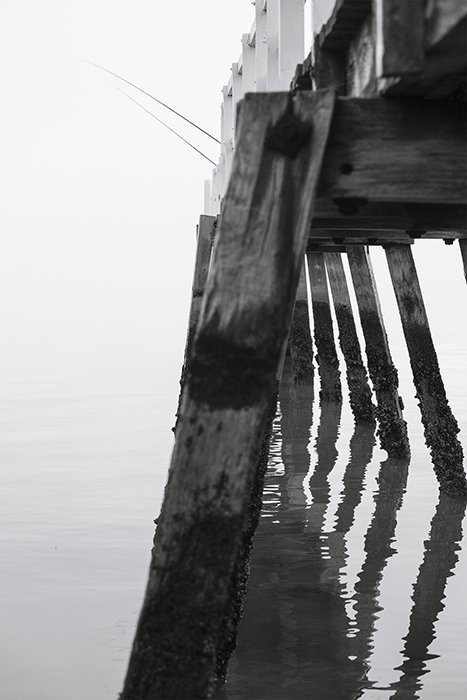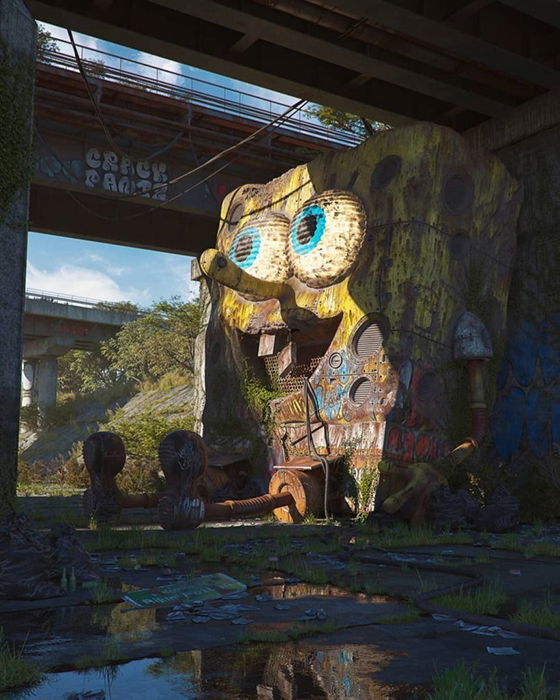What Is Fine Art Street Photography?
Fine art street photography combines elements of traditional art, photography and post-production techniques, and street narratives. High quality is paramount to the concept of fine art street photography. Sounds challenging, right? It can be. But it’s a rewarding and powerful way to tell the stories of the people and places around you.
Where Did Fine Art Street Photography Come From
Early street photographers took their cues from traditional art forms such as painting, drawing, and sculpture. One of my favourite famous street photographers is Brassaï. He blurred the lines between street photography and fine art with his images of Paris at night. His photographs tell clear stories and are sensitive to the personalities of the city and its inhabitants. They showcase his spectacular eye for composition. Henri Cartier-Bresson, Robert Doisneau, and Alfred Stieglitz also explored a fine art approach to early street photography. I refer to them when I need motivation for my own work. The internet and library provide us with a multitude of ways to get inspired by photography. Famous street photography doesn’t just mean photographs by old men with beards either. Research contemporary fine art street photographers such as Steven John Irby, Paola Franqui, and Vitaliy and Elena Vasilieva. You’ll learn about incorporating color and advanced post-production techniques.
Tips For Making Your Street Photography Fine Art
Take Your Time
The most important thing I’ve learnt with fine art street photography is patience. Street photography is often about adrenaline, capturing the decisive moment, and moving fast. When I want to be more creative, I slow everything down and plan my points of view carefully. I wait until the light is just right. This usually means making the photos in the golden hours. Taking your time means you might be able to use a tripod and shutter release cable. This will help with the quality of your photographs – an essential element of fine art street photography.
Be Picky
Embrace your inner perfectionist and only accept the very best of your images. Don’t waste time trying to ‘fix’ a mediocre image in post-production. Light and clarity need to be spot-on when you first click the shutter. If it’s not quite right, revisit the scene and try again. I’ve kicked myself many times for slightly blurry images of fantastic moments. But they’ve been great learning experiences.
Engage Your Senses
An important part of street photography is understanding the environment and the story you want to convey. Take it up a notch with fine art street photography by paying attention to all your senses. Try to transport the viewer into the scene of your photograph. This is where taking your time is important. I pay particular attention to sound and smell with many of my photographs. This affects how I use negative space and tones. Making a street photo around food trucks? Make sure you know how things taste! This can alter how you crop, what colors and tones you use. And even how you compose the scene.
Switch Between Color and Black and White Photography
I’m a fan of black and white photography. This usually translates into my fine art street photography. There’s no rule against using color though. It’s a good idea to look at your images in both color and black and white when you’re at your computer screen. There are times when I’ve fallen in love with a scene because of the colors, then started to automatically adjust them in black and white in post-production. It doesn’t take long for me to realize something is amiss. Fighting my own predictable techniques and style is something I’m always working on.
Moving Beyond Urban Street Photography
Street photography doesn’t have to be city street scenes made at eye level. Your interpretation of street photography is defined by the communities you’re familiar with. This provides a diverse and interesting range of options for fine art street photography. Your streets might be a seaside settlement with one road and a jetty. Or a subdivision with manicured lawns and new houses. Learn to specialize in a part of street photography that you feel passionate about. For Martha Cooper in 1980s New York, her passion did happen to be very urban as she focused on graffiti photography in the city. New Zealand’s Marti Friedlander used a documentary and street photography approach. She captured controversial issues in rural, urban and suburban environments. Both these women created bodies of work that travel internationally to galleries where the photographs are celebrated as fine art street photography.
From Gentle Touch-Ups to Destroyed City Street Concept Art
I’ve mentioned that you can’t work with a second-rate photograph when it comes to fine art photography. When you get that perfect photo, the world’s your oyster. Brush up on your post-production skills and give your photography a unique point of difference. Start with the basics of Lightroom. Move up to more advanced techniques with layers in Photoshop. There are some great ways to combine images and apply backdrops to tell your story. Start by carefully planning what you want to achieve before you head out with your camera. Check out current trends such as apocalyptic city concept art, social change, and futurism. This way you’ll see what story resonates with you.
Conclusion
If you’re feeling comfortable in your street photography, it’s time to get brave and creative. Research some old and new masters, and plan a story that you want to tell with an image. Get back to basics and practice until you have a technically perfect photo with a strong message. Dark and cold outside? Upskill with some online tutorials. You’ll have all the tools at your fingertips to create fine art street photography.


